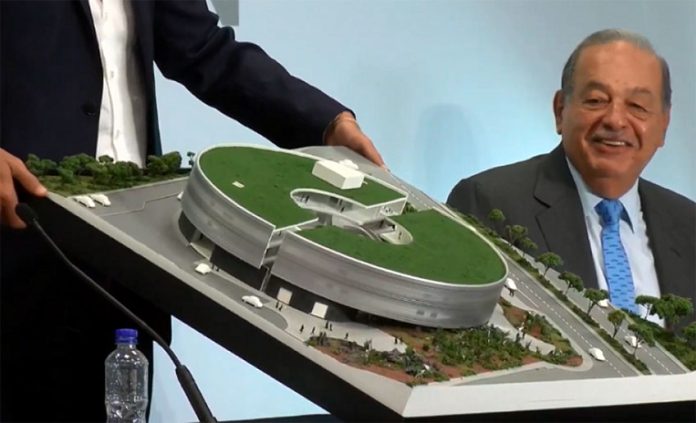Businessman Carlos Slim has announced that the Carlos Slim Foundation will donate a biodiversity pavilion to the National Autonomous University (UNAM).
In a press conference on Wednesday, Slim said the 3,800-square-meter installation on the main UNAM campus will promote science education.
To be built with an investment of 200 million pesos (US $10.4 million), the museum will be three stories high and have the capacity to house 300,000 species in 12 exhibition rooms, one of which will be dedicated to the origins of life, and another to megadiversity in Mexico.
The pavilion will be located near the University Contemporary Art Museum, and will house a significant part of UNAM’s Biology Institute, as well as a digital library.
Slim is a graduate of the UNAM’s School of Engineering, and has a degree in civil engineering. In 1993, he joined a group of other UNAM graduates to found the UNAM Foundation, a scholarship program for students with limited economic resources.
Source: Infobae (sp)
